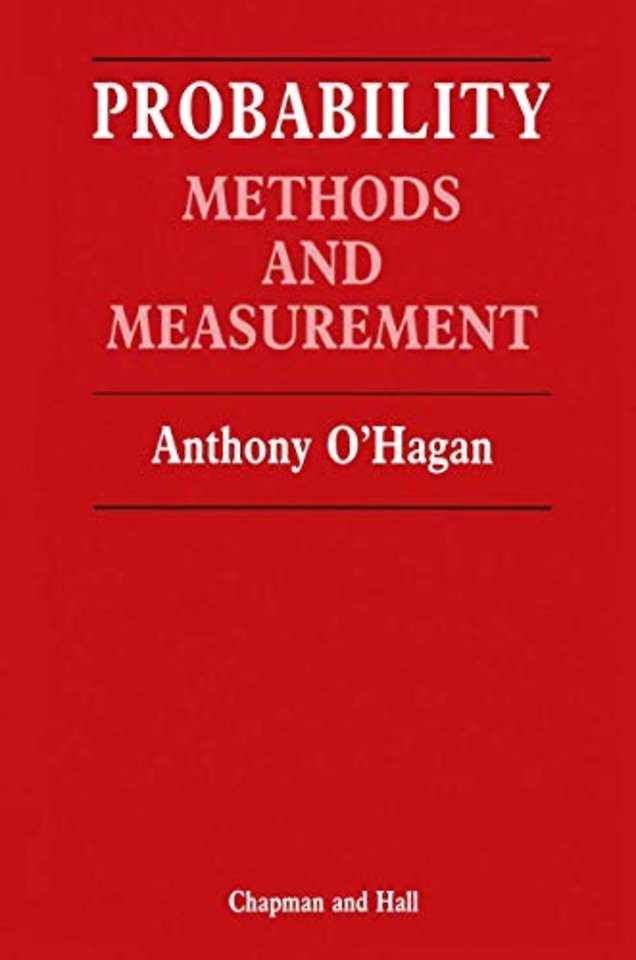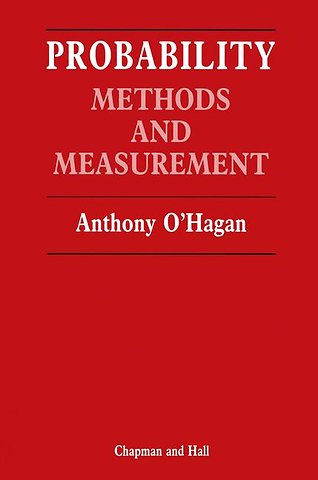Probability
Methods and measurement
Samenvatting
This book is an elementary and practical introduction to probability theory. It differs from other introductory texts in two important respects. First, the per sonal (or subjective) view of probability is adopted throughout. Second, emphasis is placed on how values are assigned to probabilities in practice, i.e. the measurement of probabilities. The personal approach to probability is in many ways more natural than other current formulations, and can also provide a broader view of the subject. It thus has a unifying effect. It has also assumed great importance recently because of the growth of Bayesian Statistics. Personal probability is essential for modern Bayesian methods, and it can be difficult for students who have learnt a different view of probability to adapt to Bayesian thinking. This book has been produced in response to that difficulty, to present a thorough introduction to probability from scratch, and entirely in the personal framework.

